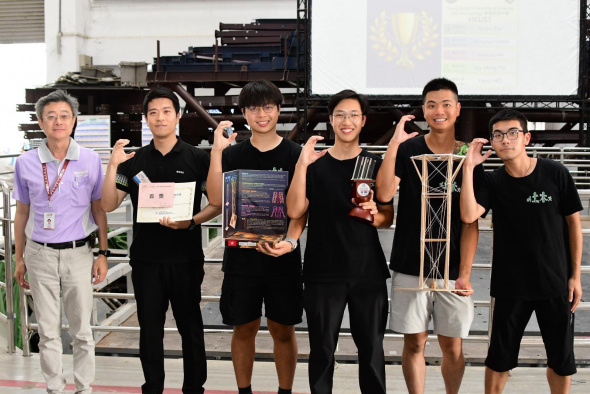Civil and Environmental Engineering

Future Leaders Empowered
A Passionate Advocate for Advancing Teaching Innovation

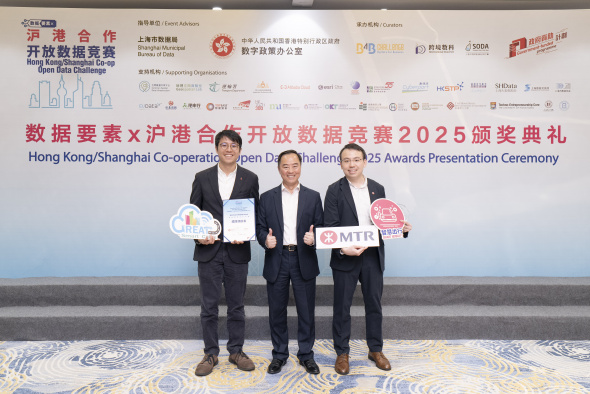
Pioneering Smart Mobility Solution
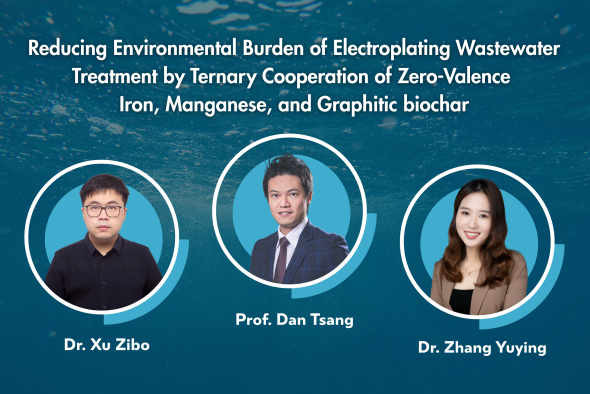
Engineered Biochar as a Sustainable Solution

Inspiring Future Leaders in Construction Industry
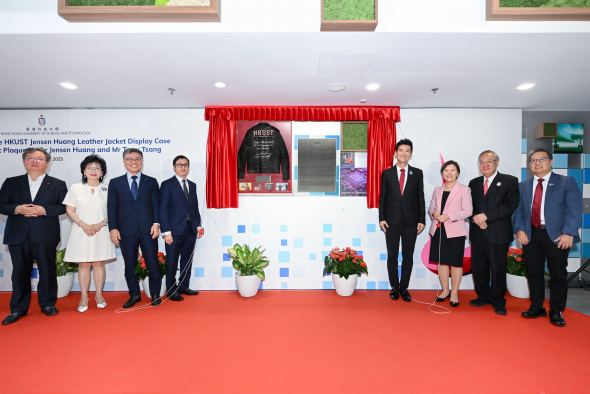
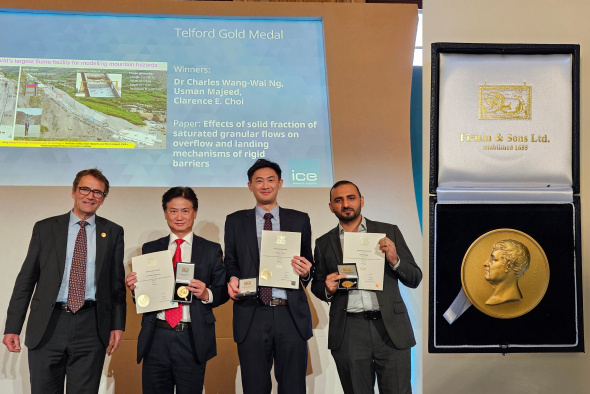
For Pioneering Contributions to Geotechnical Engineering

